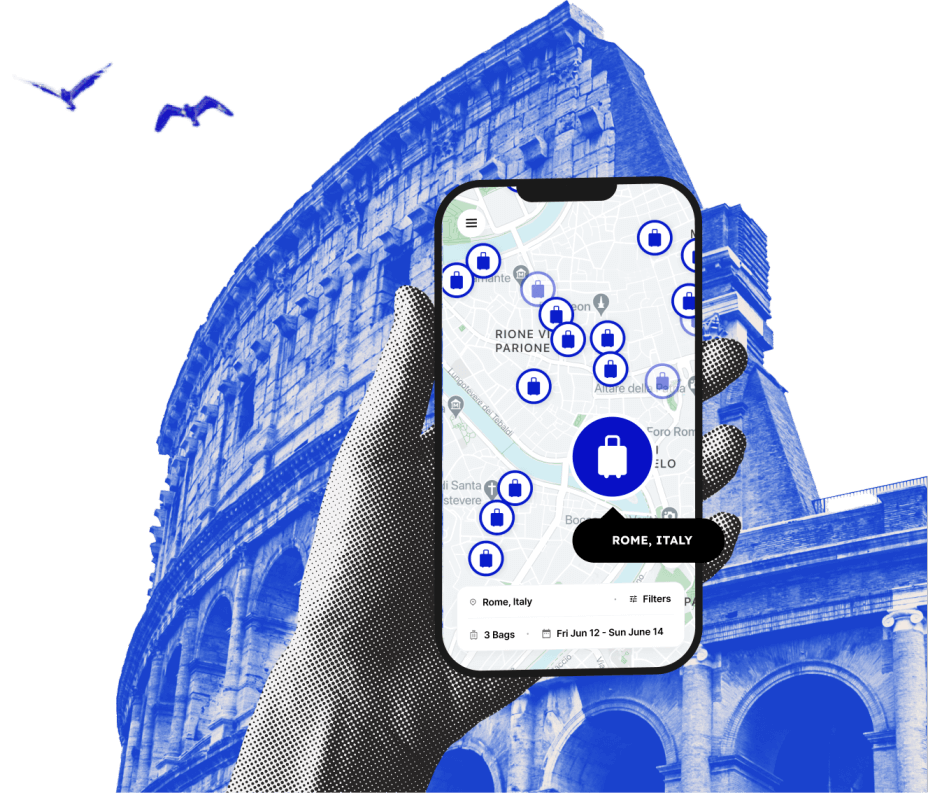How To Get Around Brisbane
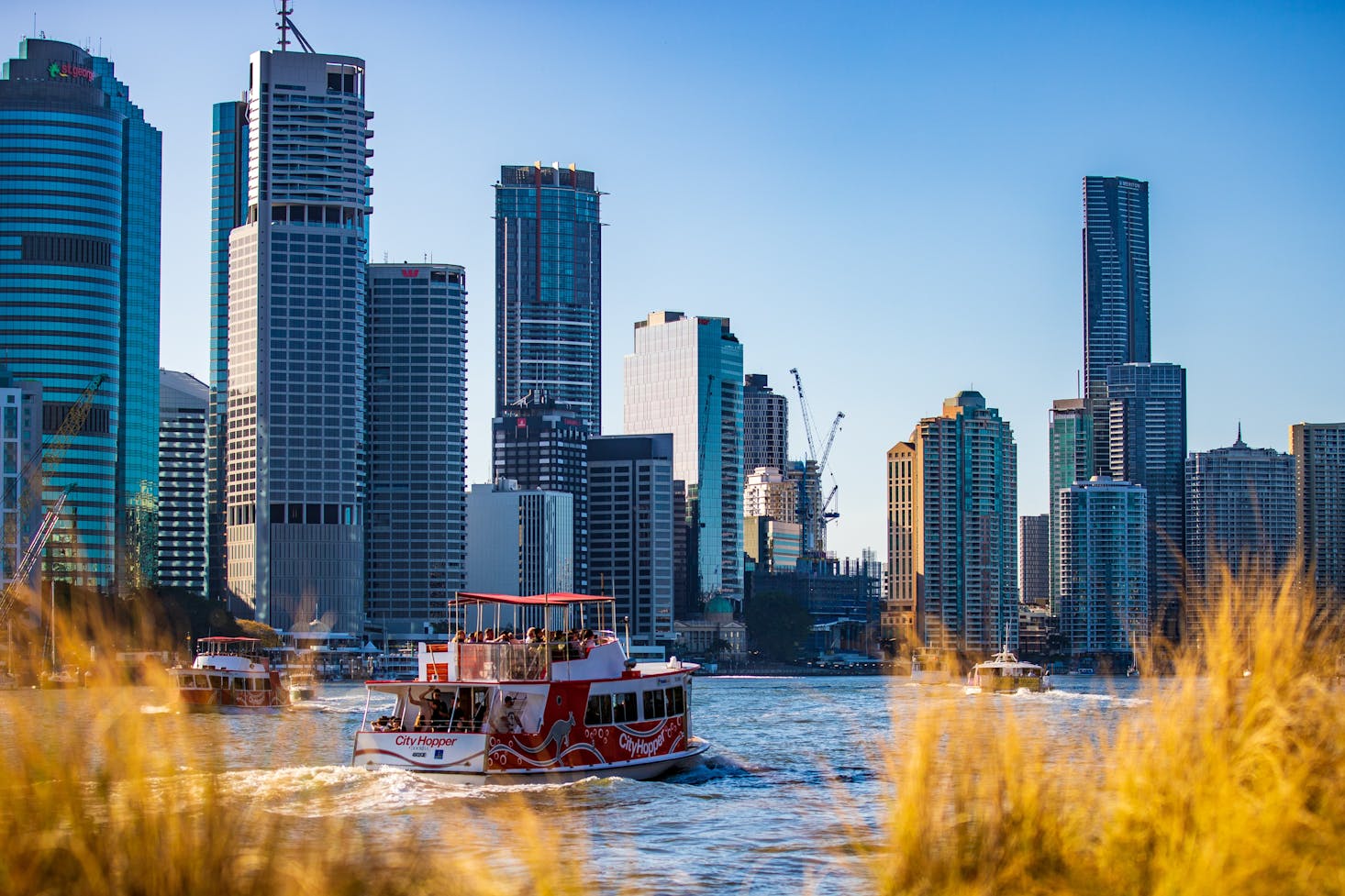
The charming city of Brisbane, the capital of South East Queensland, is on most people's itineraries that make it to Australia. Although the flight is long from North America, Europe, and most places, once you arrive, any travel troubles will be long gone. Sunshine, parks, and the Brisbane River that flows through the city make this a picturesque setting for your next vacation. Brisbane sees upwards of seven million tourists annually, including both Australians and international visitors, so the scenic city has a wide appeal. Brisbane offers countless sightseeing opportunities, world-class shopping centers, and vibrant nightlife to keep you entertained day and night. It's no wonder this place is so popular!
The Brisbane public transport system is vast and mostly at your disposal to navigate the city by train, bus, car, on foot, and even by boat. The Translink go card is a must for any tourist planning on taking Brisbane's public transport frequently. It allows passage on all of the company's buses, ferries, and trains across South East Queensland. Only you can decide which type of transportation you'll use to get around, but likely it will be a mix of them all.
When you rely on public transport, you don't want to be carrying a lot. Head to a Bounce luggage storage in Brisbane and keep your bags safe and out of the way while you find out everything Brisbane has to offer. There's nothing worse than worrying about your many suitcases and bags while on vacation. Besides, with your hands-free, you can easily shop for some great souvenirs.
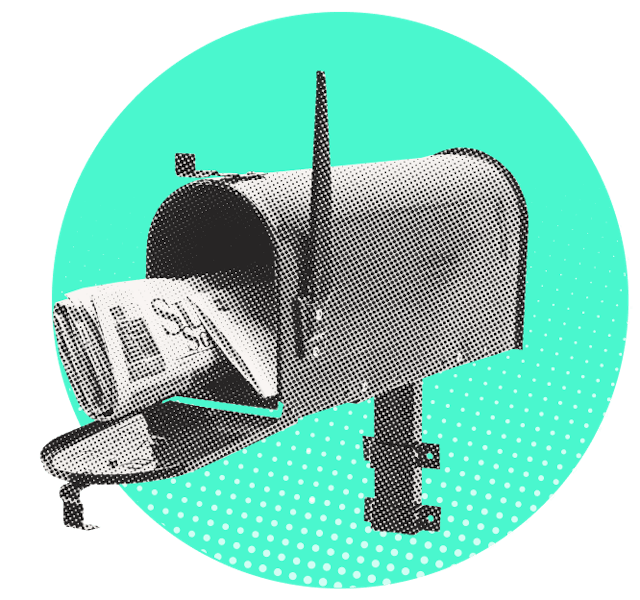
Love discounts and traveling?
Sign up for our newsletter and get 10% off your next booking.
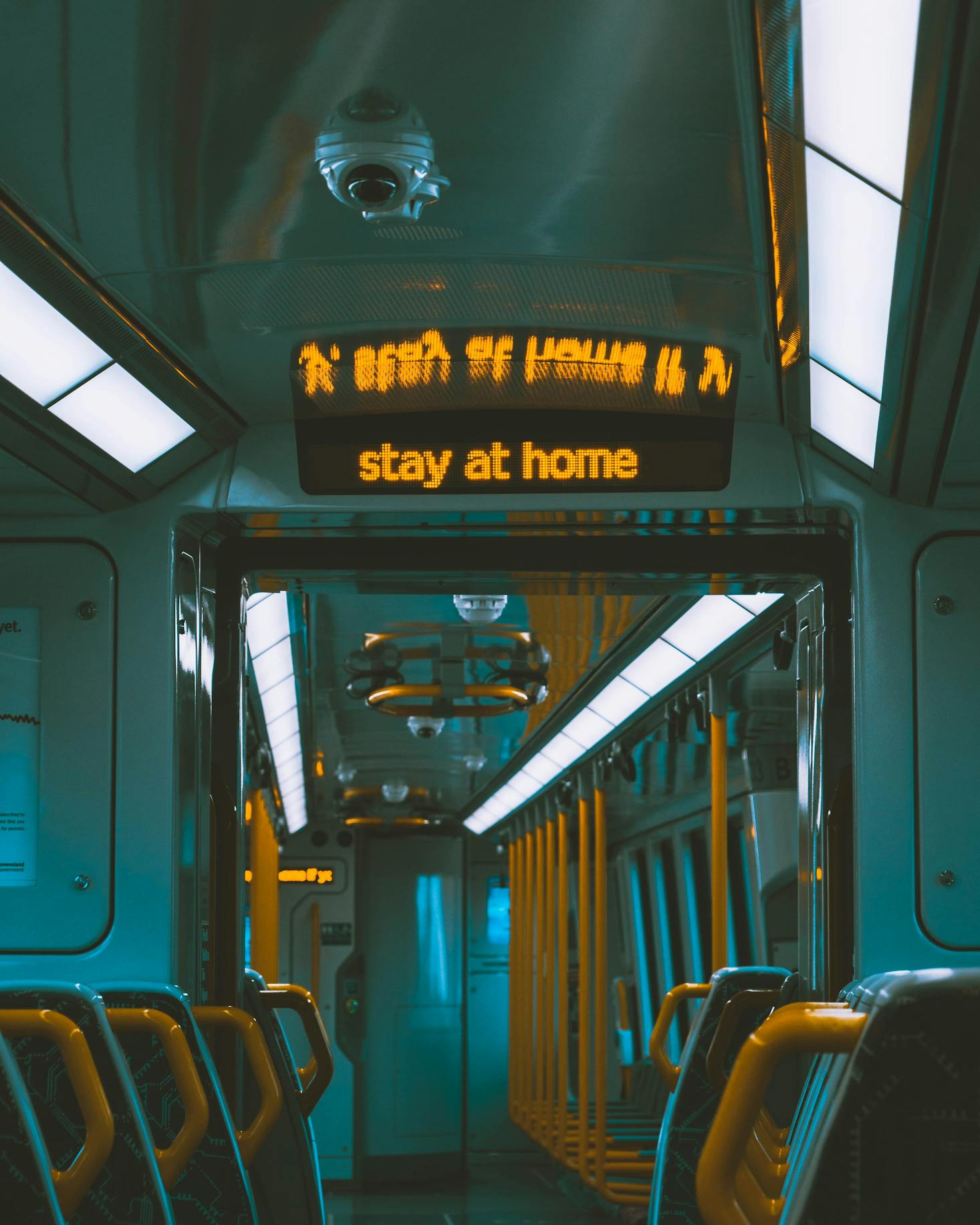
How to get around Brisbane by train
Brisbane has an extensive network of train lines ideal for commuters and long-distance travel. Within the city limits, there are ten different train lines that stop at over 100 stations. Train travel may not be the best way to navigate the city itself, but it's an important form of public transportation that will get you to key parts of the city and the corresponding attractions.
Chances are, if you arrive in Brisbane by train, you'll end up at the Central Station smack-dab in the heart of the Brisbane City Centre. This stop is useful for commuters and travelers looking to spend some cash at the Queen Street Mall, one of the best shopping destinations in Brisbane. A more useful train station is the Roma Street Station which has links to the main bus station and other regional trains. The Roma Street Parklands extend behind the station and into the Central Business District (CBD) and there are many hotels to accommodate you in the area. For most, it's a great base from which to explore the city.
Another of Brisbane's train stations you should know about is the Fortitude Valley Station. The station is a busy one and boasts four platforms. This station is a perfect link to the city's Fortitude Valley entertainment precinct, which is one of the unmissable things to do in Brisbane at night. NightLink trains also operate late on Friday and Saturday nights to get you from this party area back to your hotel. Fortitude Valley is also ideal for shopping with Chinatown and Brunswick Street Mall at your disposal near this station.
For tourists arriving by air at the Brisbane Airport, the train is the ideal way to get into the city centre. The Airtrain integrates nicely into the Queensland Rail services with stops in central Brisbane and out as far as the picturesque Gold Coast. The trip from Brisbane Airport will cost about AU$15 if booked online in advance for one-way fares. The Airtrain has stations at both the Domestic and International terminals. The domestic terminal station is wheelchair accessible just outside and across the Skywalk. As for the international terminal, it's on level three and also offers a covered walkway to the station. The journey into the heart of the action will take about 20 minutes.
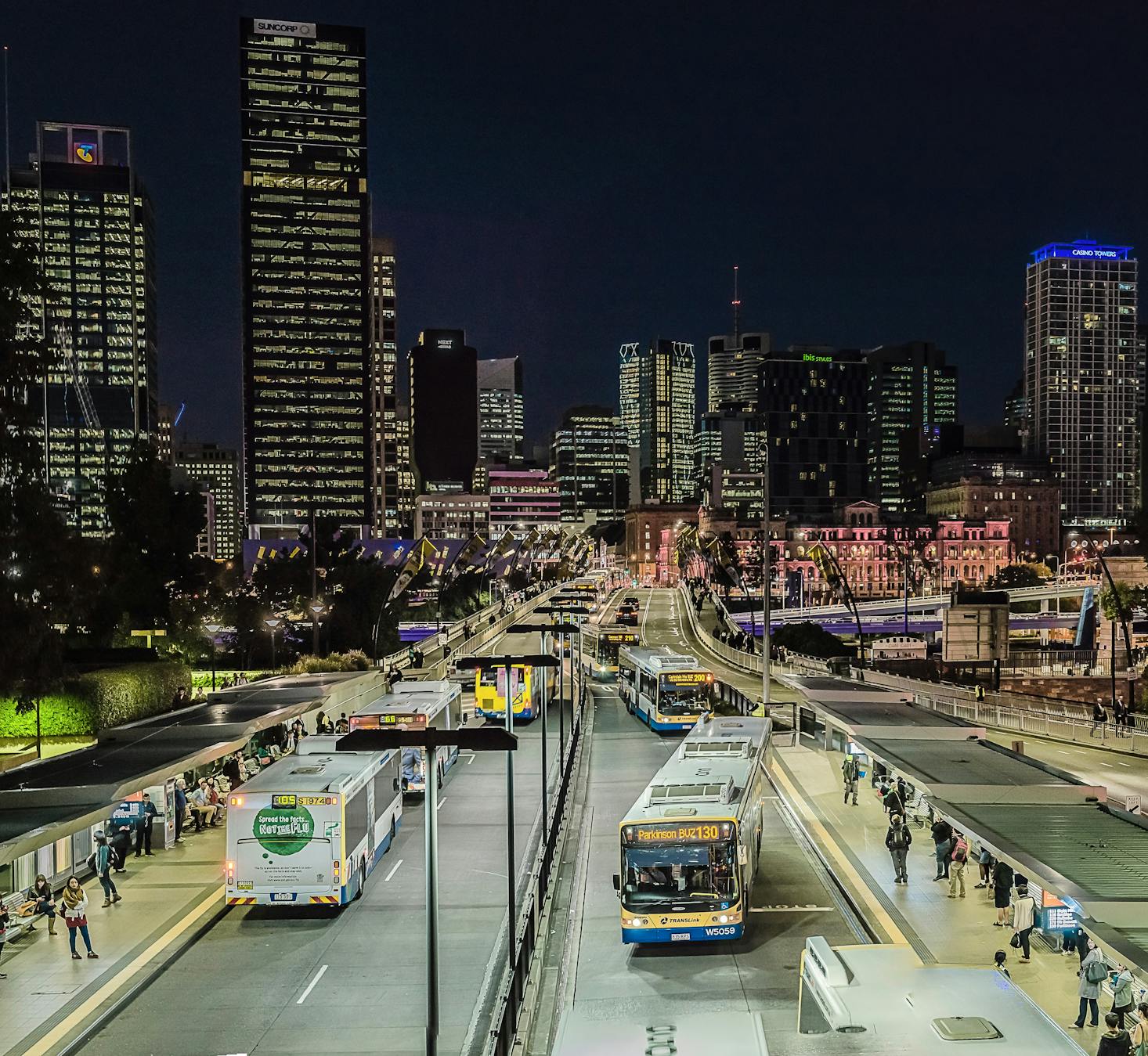
Getting around Brisbane by bus
Translink bus stops are scattered through the city and surrounding suburbs and offer a great way to get around Brisbane without sticking to the path of the river or the train lines. As a tourist, you will likely be exploring Brisbane's city centre, and inner-city travel by bus is both easy and free. Traveling gets very expensive, so it's nice to be able to save money on some of your transportation. The free inner-city loop bus offers two options that stop every ten minutes within either Spring Hill or the Central Business District. The CBD and Spring Hill offer a dense concentration of attractions, like City Hall, which houses the Museum of Brisbane, the Roma Street Parklands, ANZAC Square, St. John's Cathedral, and so much more. In fact, other than getting to and from the airport, you may never need to get out your wallet to travel around the city if you stick to these areas.
For anyone wishing to venture outside the inner-city, a go card is a good idea. They are available at 7-Eleven and Night Owl convenience stores, from Queensland Railway stations with an attendant, online, and by phone. You can just top up the card if you need to and these cards work on buses, ferries, and Translink rail services, so it's a handy thing to have in your bag. Brisbane's network of buses connects inner and outer suburbs to shopping centres, train stations, and of course, the CBD.
If happen to be out past your bedtime enjoying some of the exciting Brisbane nightlife, the bus might be your best way to return to your hotel. On Friday and Saturday nights, Translink operates NightLink buses to see you home safely. They run between midnight and 5 am and Translink's journey planner is the ideal way to plan your route home ahead of time.
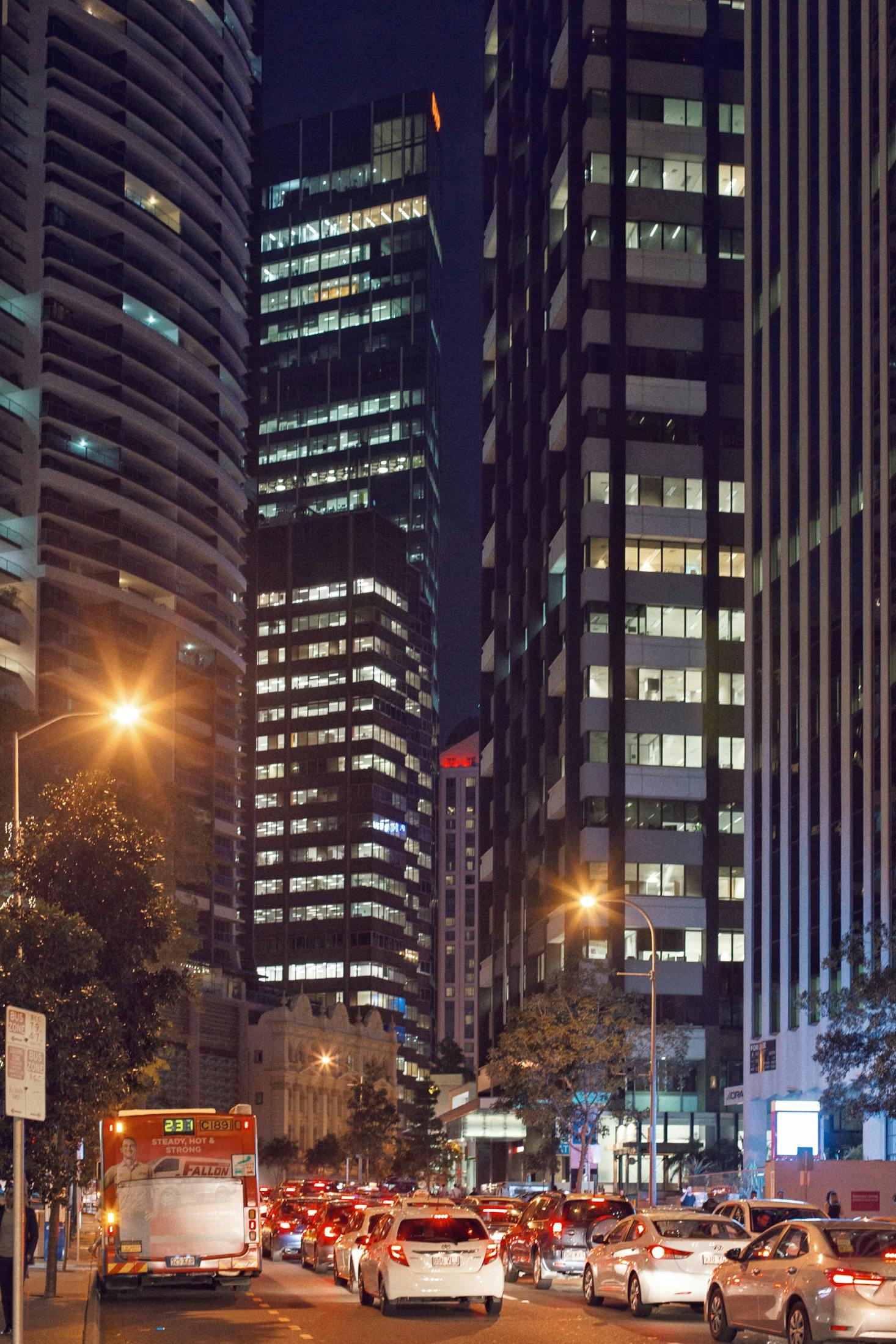
Getting around Brisbane by car
Depending on where you're traveling from, one of the trickiest things about driving in Brisbane is that the steering wheel might be on the wrong side. Unless you're from Great Britain, Ireland, or another country with right-hand drive cars, getting into a car in Brisbane is likely to feel quite odd. Generally, after a quick practice session, most drivers can adjust.
Brisbane sees less traffic than its Australian counterparts of Sydney and Melbourne, so it's actually possible to drive into and park in the CBD somewhat easily. In fact, you're more likely to run into traffic during peak travel times on the highways into and out of Brisbane. Commuters can clog up these routes from the Sunshine Coast and the Gold Coast. Aside from rush hours and the different side of the road, you shouldn't run into any trouble driving in Brisbane.
One of the best places to find a rental car is at Brisbane International Airport. Several rental companies operate from here as well as the CBD, which may be more convenient you arrive by train. Depending on your route, you might hit a toll road as they are quite common in South East Queensland. Rental cars are generally fitted with the necessary e-tag, but it's good to check to be sure. The cost of the tolls is typically deducted from the credit card deposit you make when you get the car.
The public transport in Brisbane is usually sufficient for travel within the city limits, but if you have mobility challenges, a car is ideal. A car rental also gives you easy access to the scenic Gold Coast an hour away, the Sunshine Coast about an hour and a half away, and some of Brisbane's more remote wilderness areas.
For folks under 25 or those who don't want to go to the trouble of renting a car, Brisbane also has a network of rideshares and taxis. Although these can get expensive, they might be the perfect complement to the free buses and ferries available in the city center.
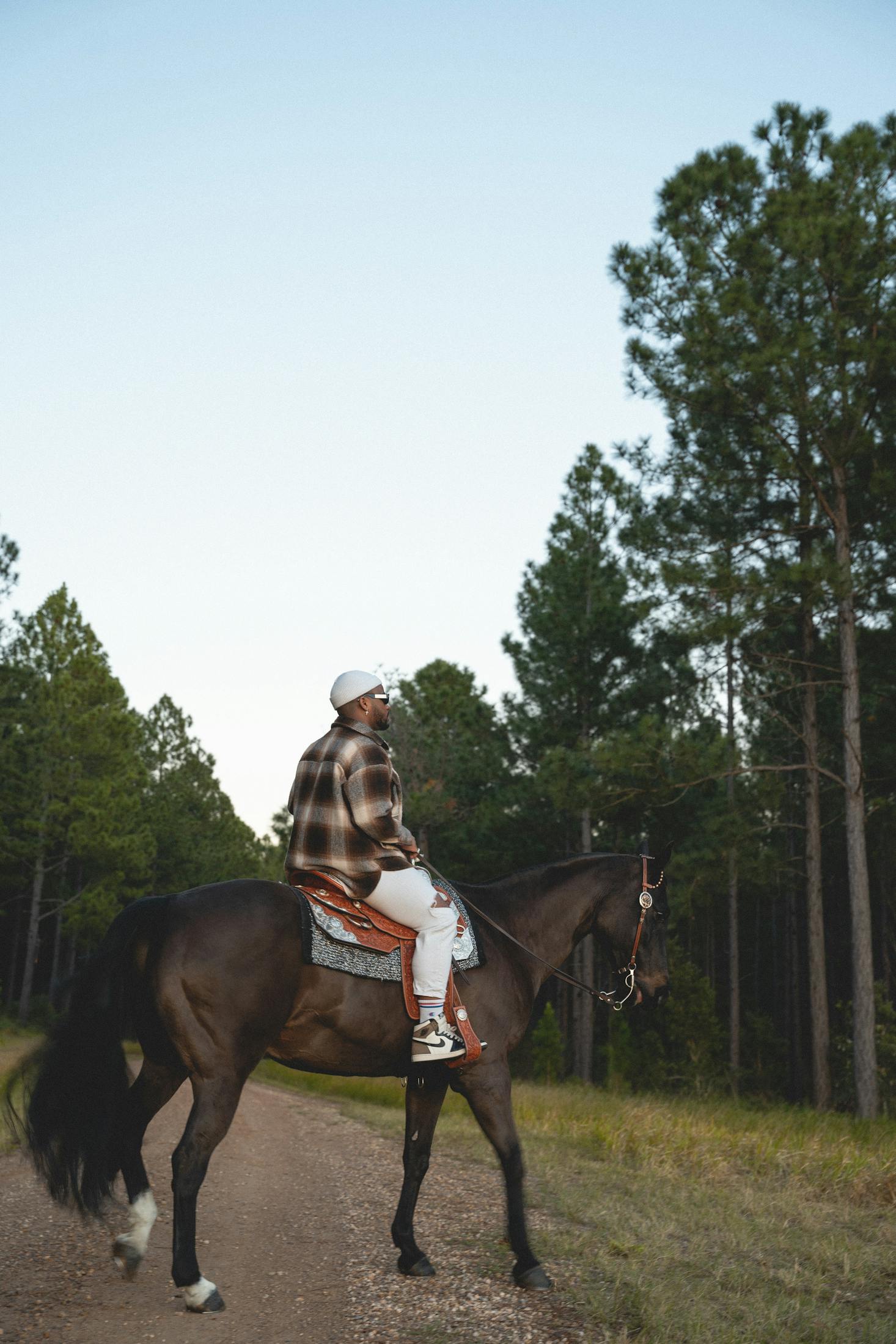
How to get around Brisbane by boat
The Brisbane City Council oversees the operation of passenger boats all over the Brisbane River. The CityCats and KittyCats allow locals and visitors to cross the river easily and use the water as a route that spans all the way from The University of Queensland to Northshore Hamilton. This is one of the more useful methods of public transport in town that takes full advantage of less traffic and wonderful views of the river as you get to your next Brisbane attraction.
The largest of the Brisbane ferry services are the CityCats and some of them are even double-decker boats, which can carry up to 170 people. The city has 23 of these boats and offers ferry terminals at 23 different locations along the Brisbane River and throughout the Brisbane CBD.
The council offers five smaller KittyCats that cross the river, and the CityHopper service is totally free. These catamarans are capable of taking about 60 passengers at a time across the river. The cross-river ferry routes include access to the inner-city and Bulimba to Tenerife. The free CityHopper operates seven stops between North Quay and Sydney Street with boats every 30 minutes. It's a useful way to get around Brisbane from 5:30 am to midnight and even later on Friday and Saturday nights. This is a great way to hop around the city centre inexpensively.
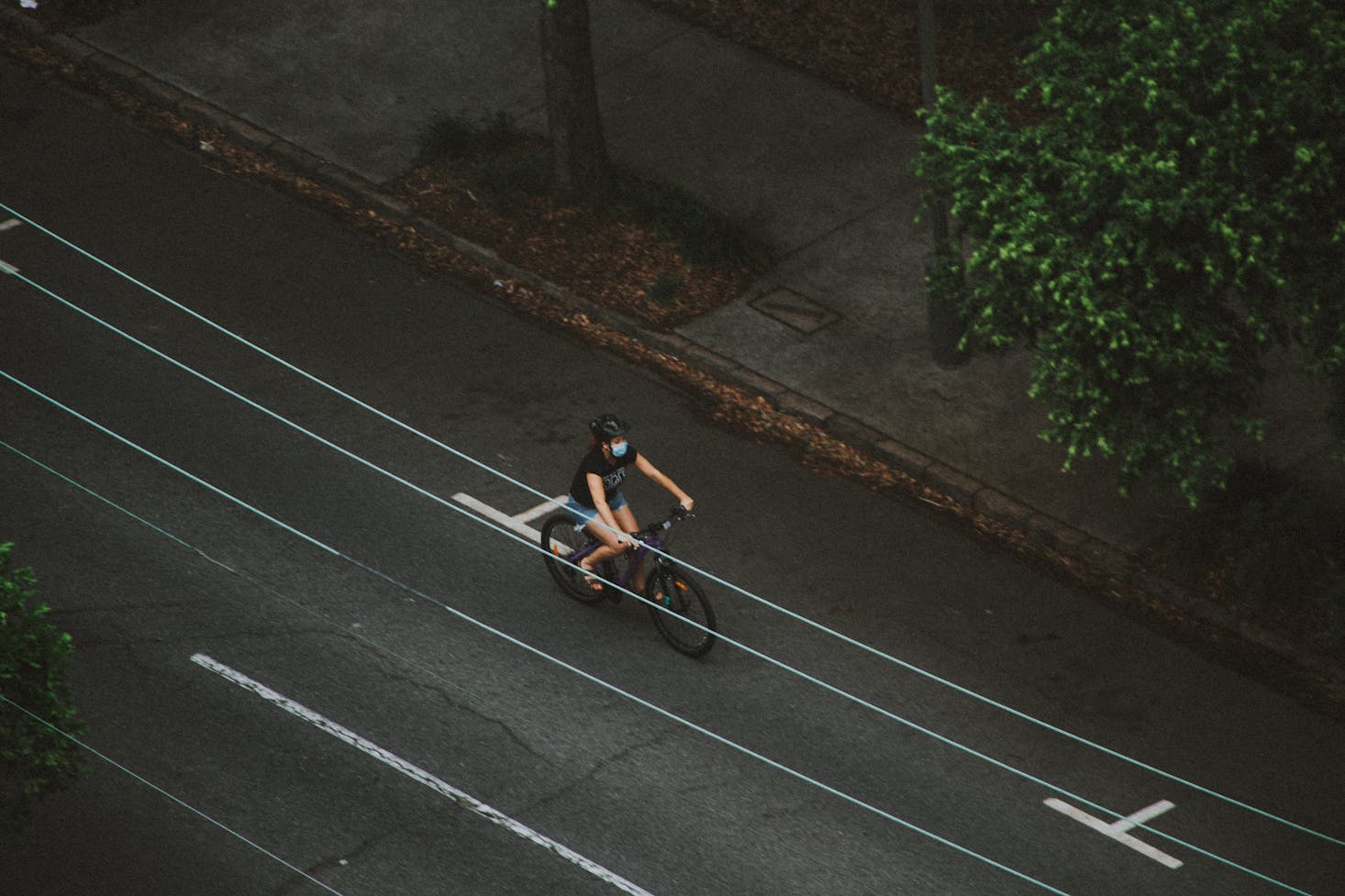
Can I get around Brisbane on foot?
The short answer is yes. Brisbane, specifically the CBD, is a very walkable place. In fact, many of the individual neighborhoods in Brisbane are best experienced on foot. Spring Hill and New Farm are a couple of other ones worth strolling around. If you are staying outside the inner city, you can easily take a train or bus into the city center and head out on foot from there.
Within a small area in the Central Business District, you can walk to the Queen Street Mall for some shopping, City Hall and the Museum of Brisbane, the Riverside Sunday Market, and the Riverside Ferry Terminal.
One of the best ways to experience the city is on the Brisbane Riverwalk. This path for walkers, joggers, and cyclists juts out into the river so you almost feel like you're walking on water. Start your day in New farm Park and head out towards the Howard Smith Wharves for a pleasant walk on this scenic river pathway. Make sure you wear lots of sunscreen as there is virtually no shade along the 870m Riverwalk, and early morning or evening are the best times to go. If you need a break, a few shelters with seating are scattered along the path.
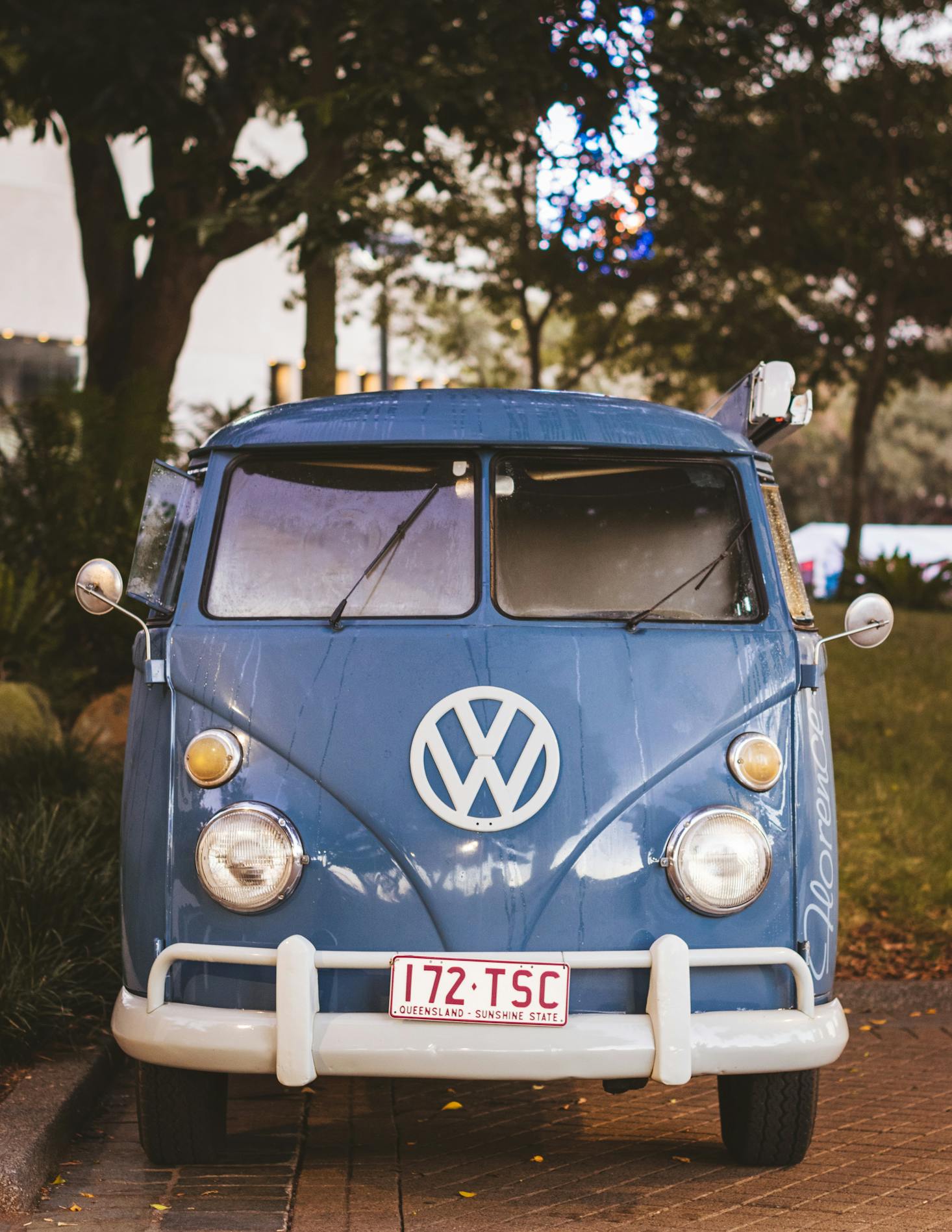
Conclusion
Navigating Brisbane is simple with all the public transportation options, trip planners, and well-marked stations. Go cards are convenient and easy to buy as are single-use tickets. Unlike most heavily touristed cities, Brisbane even offers useful public transport, whether by boat or by bus, at no cost. Car rentals have a place in the conversation for their convenience and the flexibility they provide to get anywhere, especially out to the picturesque coast. And, for a city with over two million people, the driving in Brisbane isn't too bad.
Walking is the ideal way to get around the CBD and a few other suburbs of Brisbane, and you'll want to make sure you pack good walking shoes to explore the fabulous parks, like the Roma Street Parklands and the City Botanic Gardens. No matter how you choose to get around the city, Brisbane won't disappoint and you'll probably be back again.

Love discounts and traveling?
Sign up for our newsletter and get 10% off your next booking.
